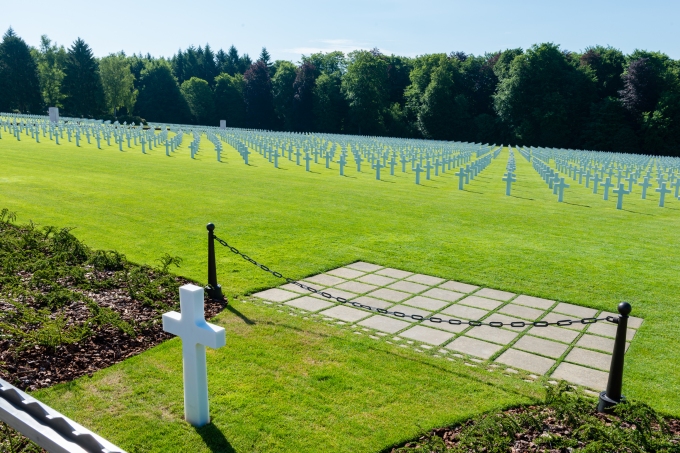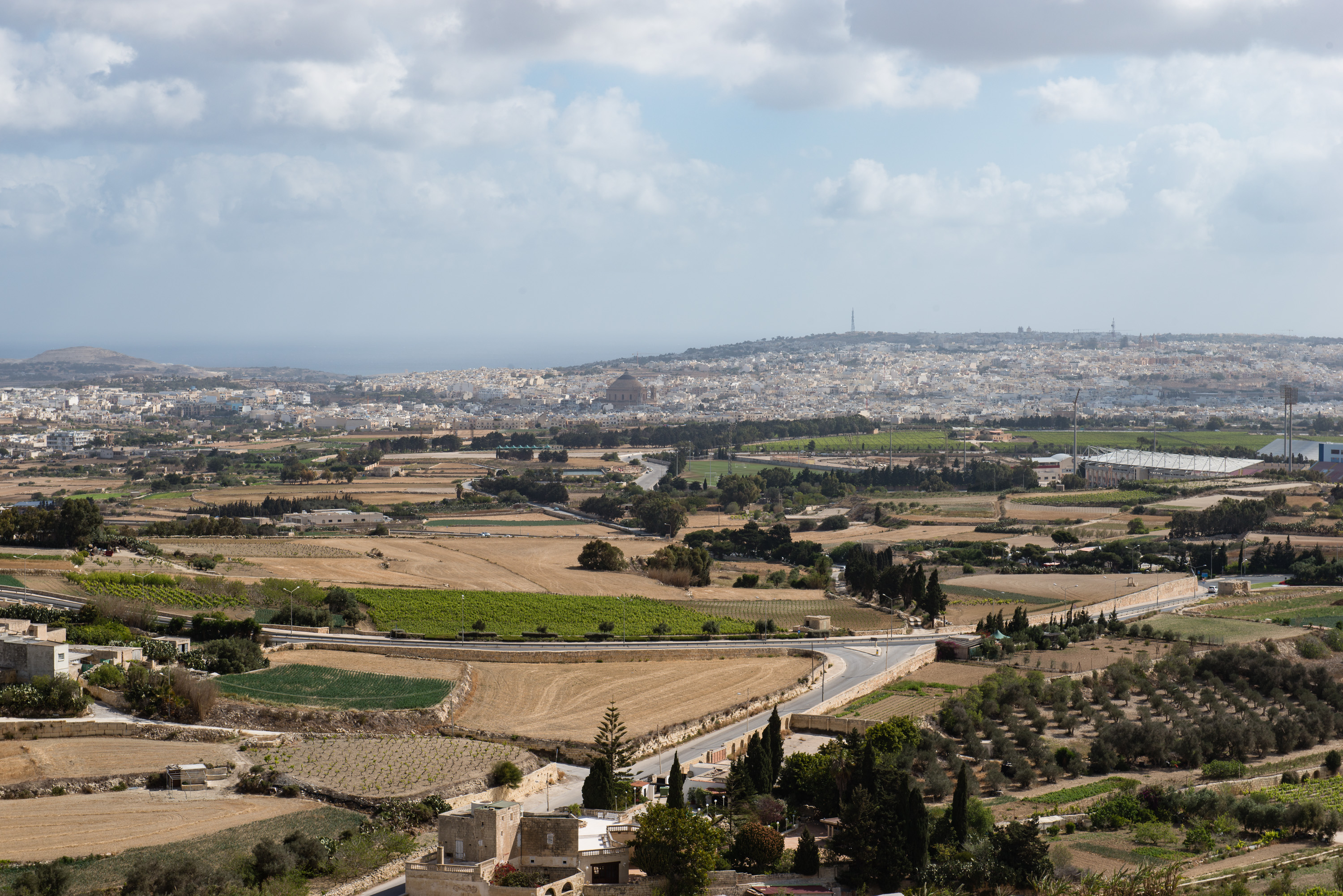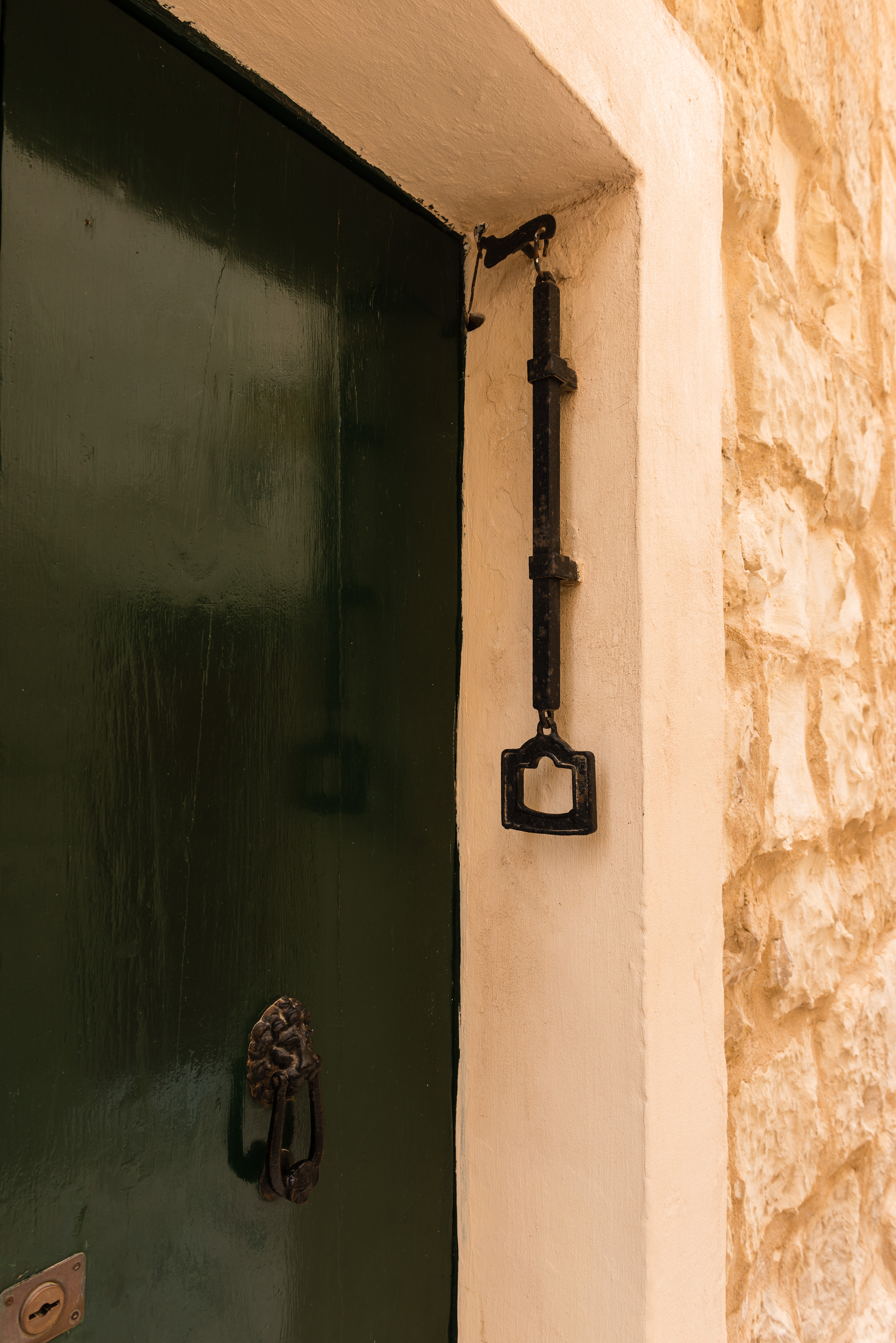We had expected to wait about a week for our truck to appear, but plans have a habit of going awry and the ship carrying the 917, the Hawaiian Highway, was about 2 weeks late!

Because of the delay, Denise’s brother ended up hosting us for a total of three weeks, which really was above and beyond the call of duty. We were, needless to say, very grateful. And, as always, we had great fun together!

While near Chichester, in Sussex, we were able to explore the area a little. We made several visits to Chichester, a lovely Roman town with fragments of wall still existing and the traditional Roman cardo layout, with four main streets leading to the medieval cross in the center of town. (“Chester” comes from the Latin, “castra” meaning fortress. See also Doncaster, Leicester, and all the rest.) There are lots of fun shops (for a few important purchases) and wonderful coffee shops for a coffee or light lunch.

On a rather chilly day we went to the Wetlands Reserve at Arundel, a nearby town, to view its amazing selection of different ducks, coots and swans. They are free to leave if they wish but most obviously do not. They looked quite at home.
Fred and Denise’s brother, Trevor, snuck out for a quick visit to the little Air Museum at Tangmere. Devotees of the Battle of Britain will have heard of Tangmere, one of the many RAF bases. (https://www.tangmere-museum.org.uk) The little museum is well worth a visit for the extensive memorabilia and, next time, the flight simulators!
In 1937 the Gloucester Gladiator became operational with the RAF; the last biplane. It even served during most of WWII. (https://en.wikipedia.org/wiki/Gloster_Gladiator) In 1943 the Gloucester Meteor became the first operational jet fighter on the allied side – a span of only six years. (https://en.wikipedia.org/wiki/Gloster_Meteor) Considering that the first jets were only conceived of in the late 1930, this was an insanely short time. The Meteor was so secret that pilots were no allowed over German lines least one crash and be recovered. The Meteor was used to intercept V1 flying bombs and to tip them over with the wing so that the gyro would fail and the bomb would crash. That would have been a wild maneuver.
Fred was amazed; he knew that the Allies were working on jets, but did not know that any were ever operational.

Chichester also has a Ship Canal and we enjoyed a lovely walk along the towpath one morning. In the early 1800’s, there was an idea to connect London with the sea near Chichester. The goal was route to carry heavy cargo that was protected from French raiders on the Channel. The canal never reached London or made any money, but it did make it to Chichester. Quite an interesting little artifact. (https://en.wikipedia.org/wiki/Chichester_Canal) Again, we saw a selection of ducks, coots, and moorhens.



We were back in Arundel a week or so later to visit the Castle and to explore the gardens during the Tulip Festival. The Festival had been delayed for a week as with a chilly spring, the tulips were not flowering!

The displays were wonderful, though some flowers were still not open.

The tour of the Castle, which is the home of the Duke of Norfolk, the Earl Marshal of England, was most interesting. (https://en.wikipedia.org/wiki/Duke_of_Norfolk) (You don’t want to meet the current Duke on the road; he is under a six month driving ban!)
The castle is old, parts are Norman, huge, in good condition, and still occupied by the family. Needless to say, it has been expanded and altered many times. Some of the bedrooms you can visit are still used for guests! This leads to the odd anachronism of telephones and modern magazines in odd places. Arundel should definitely be on your short list of castles to visit, if only for the only intact portcullis the first that we have ever seen. (https://www.arundelcastle.org)
The Dukes of Norfolk are hereditary Earls Marshal. While this used to mean tending to the king’s horses, now the primary duty is to organize major state occasions. For example, the funeral of Elizabeth II and, more recently, the coronation of Charles III. (https://en.wikipedia.org/wiki/Earl_Marshal)




If you read the Bayeux Tapestry in the original latin (doesn’t everybody?), you will learn that Edward went to the church at Bosham before leaving on his ill-fated trip to what is now Normandy. WE went to Bosham to have fish and chips at a great pub with Denise’s cousin, visiting with his wife from Iceland. (Small world. His wife’s nephew is a great guitar tech at a guitar shop in Arlington and performed an amazing setup on Fred’s Strat!)
Bosham is an interesting little town as parts of it flood every high tide. And even though it has been doing this since Edward’s time, people still park in the wrong places! And, fish and chips enjoyed, we also visited the church, which is still there, if greatly expanded. (https://boshamchurch.org.uk)


We spent a lovely morning at the Weald and Downland Museum. Our first visit in about 30 years! (https://www.wealddown.co.uk) The Weald and Downland museum is a large, open air collection of “vernacular” buildings from the Middle Ages on. Basically, the buildings in which real people, not the nobility, lived and worked. It has parallels in Colonial Williamsburg and Old Sturbridge Village in Massachusetts. If your image of the past begins with castles and stately homes, this museum completes the picture with houses of more ordinary people. It has expanded a bit and there were new exhibits.


Finally, we had word that we could pick up the 917 in Southampton. We really appreciated the train system around that area. We had taken the train from Gatwick Airport to Trevor’s local station, Barnham, when we arrived. Later we took the train from Barnham to Chichester to shop and now we took the train from Barnham to Southampton to pick up the truck. A great system. The Brits always complain about the trains, but would that we had similar service around DC. Oh, we did. And we had street cars in DC – until the great Firestone/General Motors campaign of the 1950’s. Breaks your heart.

We spent a day unpacking our clothes as we had shipped some in the camper. We had also locked most of our possessions in the back garage, so that all needed to be organized and sorted.

Then we visited the camper storage facility that we had thought to use during our returns to the States only to find that they thought us to to be “inappropriate.” So we are currently looking at alternatives – stand by; trains may be involved again! We had our first shopping trip and then headed back to prepare for departure.
The M-25 awaits!









































































































































































































































































 One way to cross the river is the Charles Bridge, famous for its many statues.
One way to cross the river is the Charles Bridge, famous for its many statues.


 Both were reminders that history has its rough side.
Both were reminders that history has its rough side.








 The next morning we headed off by bus to Germany to board the Viking Alsvin. We spent the first night tied up to an industrial dock at Bamberg.
The next morning we headed off by bus to Germany to board the Viking Alsvin. We spent the first night tied up to an industrial dock at Bamberg.
















































